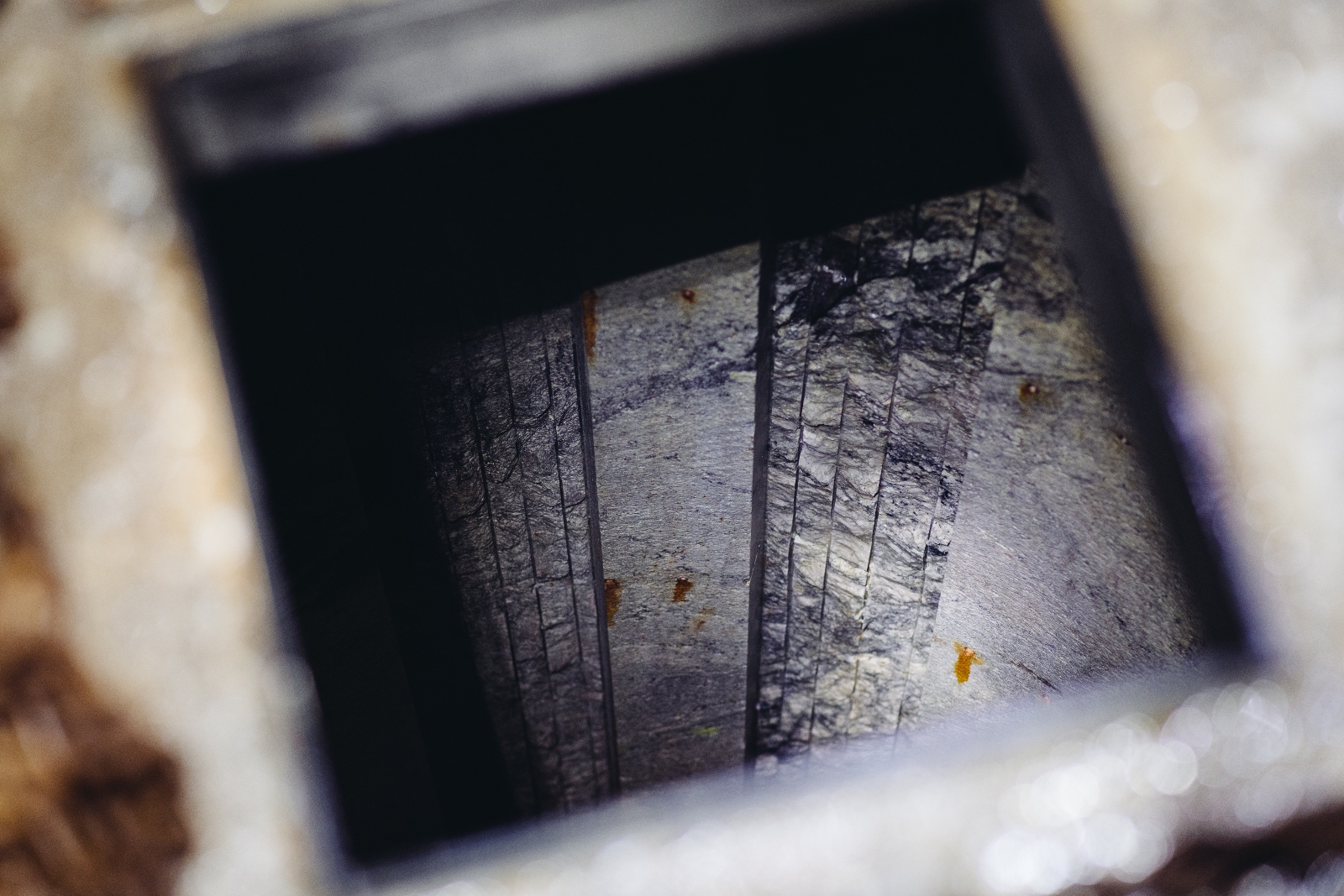The world’s first permanent depository for nuclear fuel waste opens later this year on Olkiluoto, a sparsely populated and lushly forested island in the Baltic Sea three hours north of Helsinki. Onkalo — the name means “cavity” or “cave” in Finnish — is among the most advanced facilities of its kind, designed for an unprecedented and urgent task: safely storing some of the most toxic material on Earth nearly 1,500 feet underground in what’s called a deep mined geologic repository. The process requires remarkable feats of engineering.
It begins in an encapsulation plant , where robots remove spent nuclear fuel rods from storage canisters and place them in copper and cast iron casks up to two stories tall. Once full, these hefty vessels, weighing around 24 metric tons , will descend more than a quarter-mile in an elevator to a cavern hollowed out of crystalline bedrock 2 billion years old . (The trip takes 50 minutes .

) Each tomb will hold 30 to 40 of these enormous containers ensconced in bentonite clay and sealed behind concrete. As many as 3,250 canisters containing 6,500 metric tons of humanity’s most dangerous refuse will, the theory goes, lie undisturbed for hundreds of thousands of years. Nothing assembled by human hands has stood for more than a fraction of that.
The world’s oldest known structure, Gobekli Tepe in Turkey, is a bit more than 11,000 years old. Designing Onkalo to endure for so unfathomably long is necessary because the material left be.
















